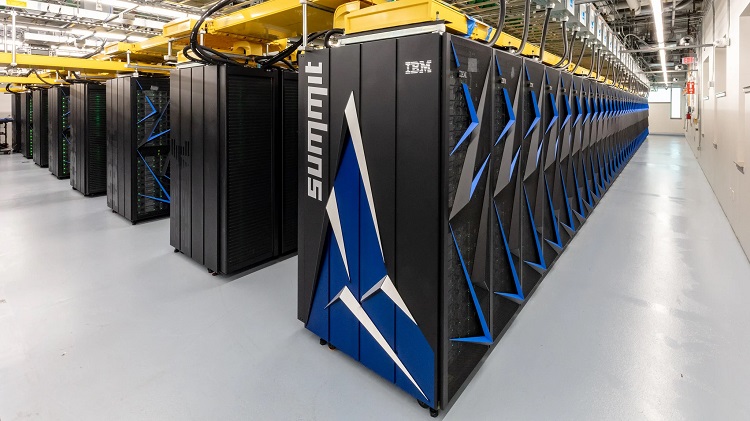
The mission of the computer used by the National Aeronautics and Space Administration (NASA) is to do mathematical computations using billions of data points. Without a supercomputer, this task just cannot be completed. What is the name of the most powerful supercomputer that NASA has available right now? The correct response is "Summit." The IBM Power System AC 922 is the official name for this product.
Each node in Summit's hybrid architecture consists of numerous IBM POWER9 central processing units (CPUs) and NVIDIA Volta graphics processing units (GPUs), all of which are linked to one another via NVIDIA's high-speed NV Link.
The question that you asked has a mistake in it. The solution does not just consist of watts; the Summit supercomputer requires 10 megawatts of power in order to function properly. One megawatt is equal to one million watts.
RAM determines how quickly a computer or supercomputer can do tasks. The random-access memory (RAM) of the International Business Machines (IBM) Summit is 2.8 petabytes (1 petabyte = 1 million gigabytes). The CPU is an IBM 22C running at 3.07 gigahertz. It should not come as a surprise. The question that everyone will be looking for is, "But how many cores does this CPU have?" This CPU has a total of 24,000,000,592 cores available for use.
The number of flops that are used to quantify the speed at which something is processed in a computer. The number of flip-flops that may be used in one second is directly proportional to the functionality of the computer. This speed, as measured at Summit, is 148.60 petaflops per second. despite the fact that this speed is calculated to be 200.79 petaflops. Since 2018, NASA has started using this supercomputer in their operations.